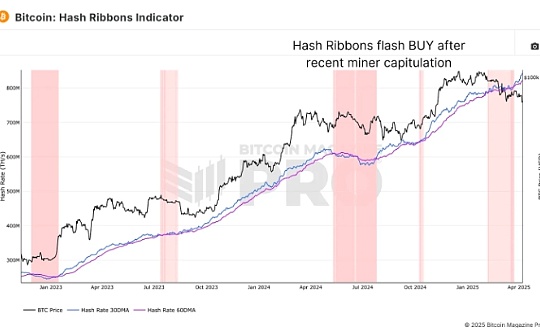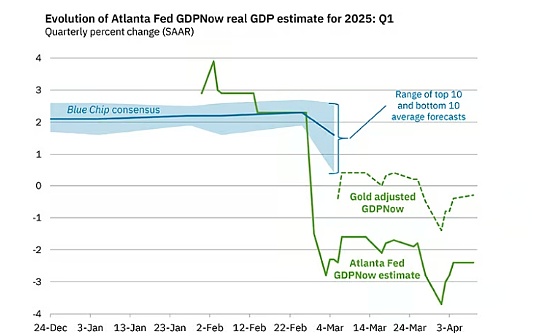VanEck proposes launching "Treasury bond + BTC" bonds to resolve 14 trillion problems

Reprinted from panewslab
04/16/2025·5DSource: cryptoslate
Compiled by: Blockchain Knight
Matthew Sigel, head of digital assets research at VanEck, proposed the launch of BitBonds, a hybrid debt instrument that combines U.S. Treasury bonds with BTC exposure as a novel strategy to address the U.S. government’s looming $14 trillion refinancing demand.
The concept was proposed at the Strategic Bitcoin Reserve Summit to address the need for sovereign financing and investors' demand for inflation protection.
Bit bonds will be designed as 10-year securities, with 90% of which are traditional U.S. Treasury bond exposure and 10% of BTC exposure, which is partly funded by bond issuance proceeds.
When the bond matures, investors will receive the full value of the U.S. Treasury portion (taking the $100 bond, which is worth $90) and the value of the BTC allocation.
In addition, investors will receive full value-added returns from BTC before the return on maturity reaches 4.5%. Any gains beyond this threshold will be shared by the government and bondholders.
This structure is designed to align the interests of bond investors with the U.S. Treasury’s need to refinance at competitive rates as investors increasingly hope to resist the depreciation of the dollar and asset inflation.
Sigel said the proposal was a “uniform solution to the problem of mismatch in incentives”.
Investor breakeven points
According to Sigel's forecast, the breakeven point of investors depends on the bond's fixed face rate and the compound annual growth rate (CAGR) of BTC.
For bonds with coupon rates of 4%, the breakeven point of BTC CAGR is 0%. But for bonds with lower coupons, the break-even threshold is higher: the CAGR of 2% coupon bonds is 13.1%, and the CAGR of 1% coupon bonds is 16.6%.
If the BTC CAGR remains between 30% and 50%, the model return will rise sharply across all coupon rates tiers, with investors receiving up to 282%.
Sigel said Bit bonds will be a "convex bet" for investors who believe in BTC, as the tool will provide asymmetric upside space while retaining the basic layer of risk-free returns. However, its structure means that investors will bear all downside risks of BTC exposure.
In the case of BTC depreciation, bonds with lower coupon rates may generate severe negative returns. For example, if BTC performs poorly, bit bonds with a coupon rate will lose between 20% and 46%.
U.S. Treasury Department's earnings
From the perspective of the U.S. government, the core benefit of Bit Bonds will be to reduce financing costs. Even if BTC appreciates slightly or does not appreciate, the Ministry of Finance will save interest expenses over issuing traditional 4% fixed-rate bonds.
According to Sigel's analysis, the government's break-even rate is about 2.6%. Issuing bonds with face rate below this level will reduce annual debt interest expenses and save money even when BTC remains flat or falls.
Sigel predicts that issuing Bit bonds with a face rate of 1% and no gains from BTC will save the government $13 billion during the bond's lifetime. If BTC reaches 30% CAGR, the same issuance could generate more than $40 billion in additional value, mainly from the share of BTC revenue.
Sigel also noted that this approach would create a differentiated sovereign bond category that provides the United States with asymmetric upward exposure to BTC while reducing debt denominated in US dollars.
He added: "The rise in BTC will only make trading more cost-effective. The worst case scenario is low-cost financing, and the best case scenario is gaining long-term volatility exposure to the world's strongest assets."
The government's BTC CAGR breakeven point rises with the bond coupon rate rising, with the 3% coupon bit bond breakeven point at 14.3% and the 4% coupon version breakeven point at 16.3%. In the case of BTC underperforming, the Ministry of Finance will suffer only if the government issues high face rate bonds and BTC underperforms.
Trade-offs between issuance complexity and risk allocation
Despite potential gains, VanEck's report also acknowledges the shortcomings of the structure. Investors take downside risks of BTC but are unable to fully participate in upside returns, and low-coupon bonds will become unattractive unless BTC performs exceptionally well.
Structurally, the Ministry of Finance also needs to issue more debts to compensate for the 10% gains used to purchase BTC. For every $100 billion raised, an additional 11.1% bond issuance is required to offset the impact of BTC allocation.
The proposal proposes possible design improvements, including providing investors with partial downside protection against a sharp decline in BTC.


 jinse
jinse

 chaincatcher
chaincatcher